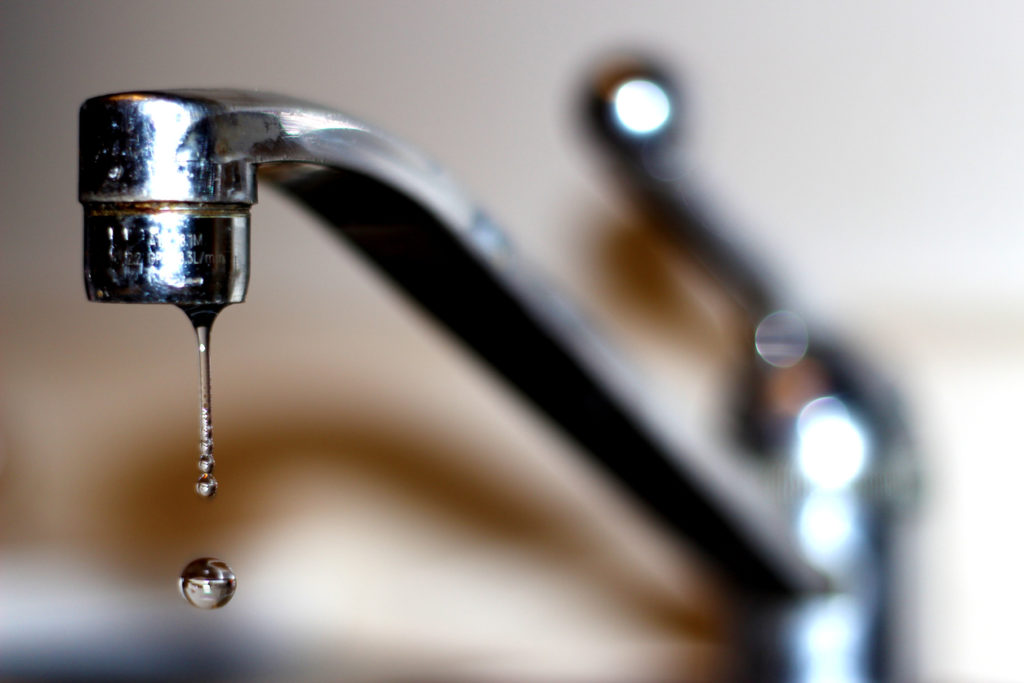Keeping with a long-running trend, Clark County residents are using less water on a daily basis than they have in years past. But they’re still using more than the average American.
The USGS National Water Use Science Project estimates that Clark County residents used about 88 gallons of water per capita on a daily basis in 2015. That is a considerable decline from 102 gallons per day in 2010.
As it has for nearly seven decades, the USGS National Water Use Science Project estimates water usage around the U.S. every five years and releases its findings in a report. The report estimates water use and features an overview of total population, public supply use, the population served by public systems and the domestic deliveries to those users, as well as and the population served by self-supplied domestic water systems. The latest document examines 2015 and was published last fall.
The finding points to a considerable conservation of freshwater at the local level, but the local per capita use in 2015 is still 6 gallons higher than the national per capita rate of 82 gallons per day.
Tyler Clary, water systems and engineering program manager for the city of Vancouver Public Works, said per capita use of city water was around 185 gallons per day in the mid-1980s, but that figure continuously decreased until the early 2000s when it started to level off. When the Great Recession hit, water consumption dropped considerably.
“When we were in the recession, we saw people take a closer look how they were using water,” he said. “People seemed like they were getting smarter with their water consumption, and we’ve never seen it come back from that.”
Doug Quinn, director of water services at Clark Public Utilities, said his water customers also cut back their consumption around the recession. He also thinks the downward trend is related to a new generation of appliances replacing older, less efficient models.
“Think about it in this term: The old shower heads — you’d turn them on and you’d just be flooded. … Today’s shower heads are kind of light, very constrained shower heads,” he said. “What’s happened with shower heads has happened … with virtually every appliance in your home.”
The United States has made household water conservation a priority at least since the passing of the Energy Policy Act of 1992. In addition to many other changes, the law outlawed the installation of toilets that flushed more than 1.6 gallons of water.
Dishwashers, washing machines, toilets — all those devices have been refined to use less water than their predecessors.
“The human consumption portion remains the same, but the machines are more efficient,” he said.
Those more efficient household products have cumulatively eased the demands of a growing population on the local water supply, which comes from aquifers. According to USGS estimates, about 460,000 people lived in Clark County in 2015, up from about 425,000 in 2010.
“Overall the trend we’ve seen, even as the population has gone up, (is that) demand has stayed fairly level,” Clary said.
Both Quinn and Clary said actual household water use depends greatly on how much precipitation falls on the region in a given year. In 2015, a drought year, local water utilities saw a spike in demand. Demand fell in 2016 because abundant rain watered yards and gardens.
On a year-to-year basis, the amount of water Clark County residents use is greatly influenced by the weather and the season.
“Weather is a huge factor in people’s water consumption,” Quinn said.
At its lowest, Clark PUD will pump around 7 million gallons of water per day to its customers. During peak days last summer, the utility pumped more than 30 million gallons per day.
“That occurs when we’ve had three weeks of 90- to 100-degree weather,” Quinn said. “If that happens in September (demand) won’t be the same if it happens in July. People don’t want to give up the lawns in July, but they’re more willing to in September.”




